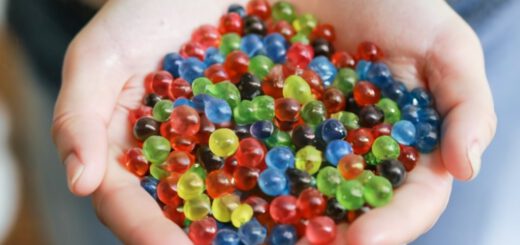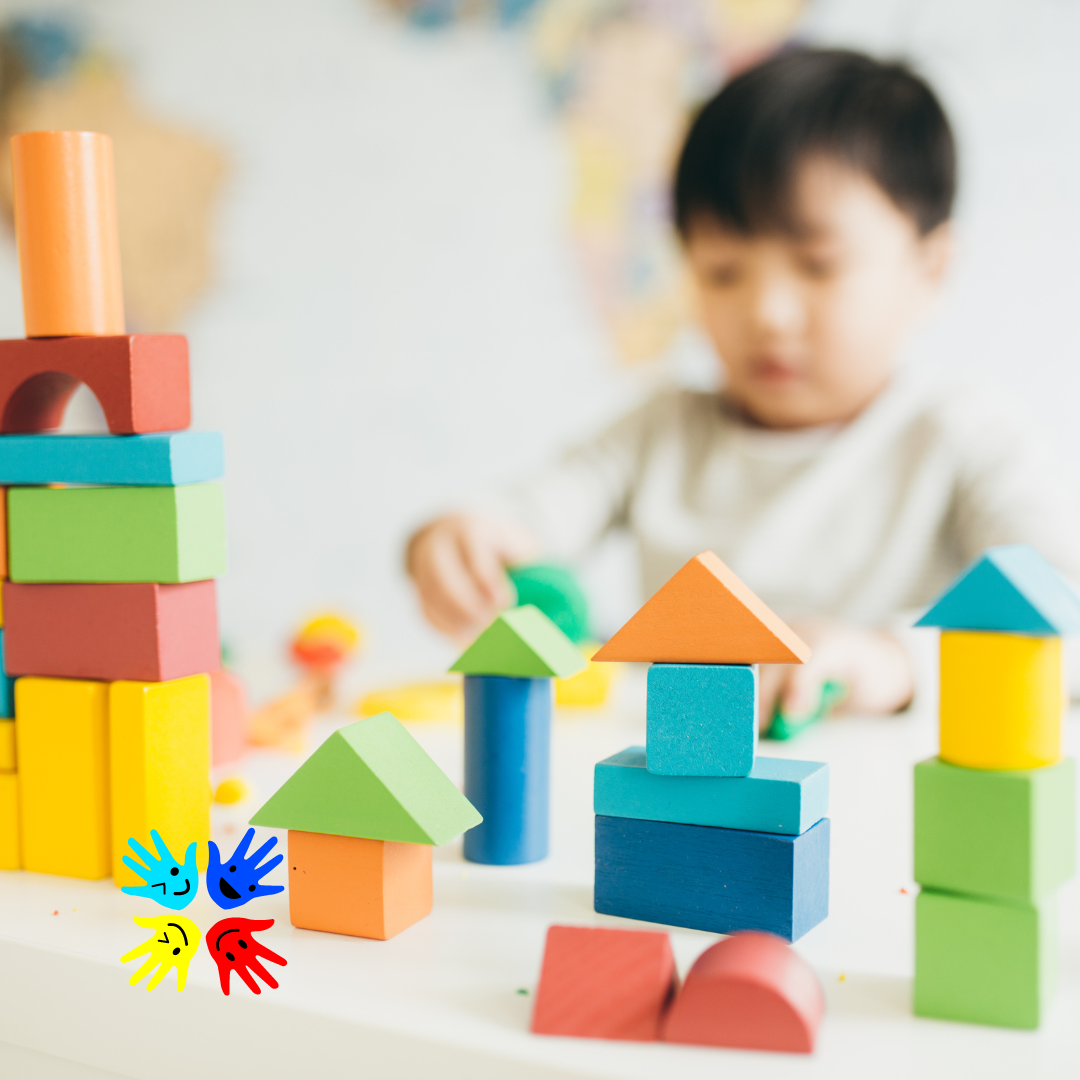The Ultimate Guide to Sensory Swings for Autistic Children: Benefits, Reviews, and Research

Swinging is more than just a fun activity for children. For those on the autism spectrum, it can be a therapeutic experience that provides sensory input, promotes balance, and encourages motor planning. This comprehensive guide will explore the best swings for autistic children, backed by product reviews and academic research.
Understanding Sensory Swings
Sensory swings, often used in occupational therapy, are designed to provide sensory input in a calming and organized manner. They come in various forms, including platform swings, therapy swings, hammock swings, disc swings, adaptive swings, and compression swings. Each type offers unique benefits and can be chosen based on the child’s needs and preferences.
1. Platform Swings
Platform swings are a great choice for children with autism. They provide a large, stable surface that can be used for sitting, standing, or even lying down. This versatility allows for various sensory experiences and can be particularly beneficial for children who struggle with balance or motor planning.
One of the top platform swings on the market is the “Sensory Scout Platform Swing.” It’s sturdy, easy to install, and can be used indoors and outdoors. The surface is padded for comfort, and the swing can hold up to 200 pounds, making it a long-lasting investment.
2. Therapy Swings
Therapy swings, like the “InYard Therapy Swing,” are designed specifically for sensory integration therapy. They are made of stretchy, durable fabric that wraps around the child, providing security and comfort. The pressure from the swing can have a calming effect, making it an excellent choice for children who experience sensory overload.
3. Hammock Swings
Hammock swings can be a calming retreat for children with autism. The gentle rocking motion can be soothing, and the cocoon-like design provides security. The “Sorbus Kids Child Pod Swing Chair” is popular, with its soft cotton fabric and inflatable cushion.
4. Disc Swings
Disc swings like the “Super Spinner Swing” offer a unique swinging experience. The child can sit or stand on the disc, promoting balance and coordination. The spinning motion can also provide valuable vestibular input.
5. Adaptive Swings
Adaptive swings are designed for children with special needs, providing additional support and safety features. The “FlagHouse High-Back Swing Seat” stands out with its high back and safety harness. It’s also adjustable, allowing it to grow with your child.
When choosing a swing for your autistic child, it’s important to consider their needs and preferences. Some children prefer a gentle rocking motion, while others enjoy spinning or bouncing. Always ensure the swing is installed correctly and supervise play to ensure safety.
Swinging can be a wonderful therapeutic tool for children with autism, providing sensory input, promoting motor skills, and offering a fun way to relax. With the right swing, your child can have a safe and enjoyable swinging experience.
6. Harkla Compression Sensory Swing
The Harkla Compression Sensory Swing is designed to give children a safe and comfortable place to relax and stimulate their senses. The swing provides a hug-like effect due to its compression, and the swinging motion offers vestibular input, helping children understand their spatial surroundings. Made from a blend of spandex and nylon, this swing is soft yet durable and can support up to 200 lbs. It comes with all the necessary hardware for easy setup.
Comparison Table
| Swing Type | Product Name | Key Features | Price | Link |
|---|---|---|---|---|
| Platform Swing | Sensory Scout Platform Swing | Large, stable surface, padded for comfort, holds up to 200 lbs | Varies | Product Page |
| Therapy Swing | InYard Therapy Swing | Unique swinging experience promotes balance and coordination | Varies | Product Page |
| Hammock Swing | Sorbus Kids Child Pod Swing Chair | Gentle rocking motion, cocoon-like design, soft cotton fabric | Varies | Product Page |
| Disc Swing | Super Spinner Swing | Unique swinging experience, promotes balance and coordination | Varies | Product Page |
| Adaptive Swing | FlagHouse High-Back Swing Seat | Designed for special needs, high back, safety harness | Varies | Product Page |
| Compression Swing | Harkla Compression Sensory Swing | Provides compression and vestibular input, holds up to 200 lbs, includes all necessary hardware | $99.99 | Product Page |
Sensory Swings in Action: Video Reviews
For a more in-depth look at these swings, check out these YouTube video reviews:
- TOP 5: Best Sensory Swing for Kids 2021 | Special for Autism, ADHD, Aspergers
- Best Sensory Swing For Autistic Kids?
- Harkla’s Compression Sensory Swing in Action – Fun Indoor Swing for Sensory Kiddos
- Best Sensory Swing for Kids 2021 | Special for Autism, ADHD, Aspergers
- Why We Love Our Indoor Swings & How Indoor Sensory Swings Have Changed Our Lives
The Science Behind Sensory Swings
Several academic studies have highlighted the benefits of sensory swings for autistic children. For instance, a study by J. Case-Smith and T. Bryan found that occupational therapy intervention emphasizing sensory integration can lead to significant behavioral changes in autistic children. Another survey by R. Watling and J. Dietz suggested that Ayres’s sensory integration may produce an evident effect during treatment sessions and in home environments.
Academic articles that discuss the benefits of swing therapy for autistic children:
- The effects of occupational therapy with sensory integration emphasis on preschool-age children with autism. by J. Case-Smith and T. Bryan. This study used a single-subject research design to examine the effects of an occupational therapy intervention emphasizing sensory integration with five preschool children with autism. The results support descriptions in the literature regarding the behavioral changes that children with autism can make when participating in the intervention using a sensory integration approach.
- Immediate effect of Ayres’s sensory integration-based occupational therapy intervention on children with autism spectrum disorders. by R. Watling and J. Dietz. This study examined the effects of Ayres’ sensory integration intervention on the behavior and task engagement of young children with autism spectrum disorders (ASD). The study found that short-term Ayres’s sensory integration does not have a substantially different effect than a play scenario on undesired behavior or engagement of young children with ASD. However, subjective data suggest that Ayres’s sensory integration may produce an effect that is evident during treatment sessions and in home environments.
- Occupational therapy using sensory integration to improve participation of a child with autism: a case report. by R. Schaaf, Joanne Hunt, and Teal W. Benevides. This case report describes the changes in adaptive behaviors and participation of 1 child with autism during a 10-wk program of intensive occupational therapy using a sensory integrative approach (OT-SI) following a manualized protocol. The study found improvement in sensory processing, as well as enhanced participation in home, school, and family activities.
- Occupational therapy and sensory integration for children with autism: a feasibility, safety, acceptability and fidelity study. by R. Schaaf, Teal W. Benevides, Donna Kelly, and Zoe Mailloux-Maggio. This study examined the feasibility, safety, and acceptability of a manualized protocol of occupational therapy using sensory integration principles for children with autism. The intervention was found to be safe and feasible to implement, acceptable to parents and therapists, and therapists were able to implement the protocol with adequate fidelity.
Conclusion
Swinging can be a wonderful therapeutic tool for children with autism, providing sensory input, promoting motor skills, and offering a fun way to relax. With the right swing, your child can have a safe and enjoyable swinging experience.



hello very helpful for autism sensory swing play i like to buy one swing for my autism child he like so much for this one to play.